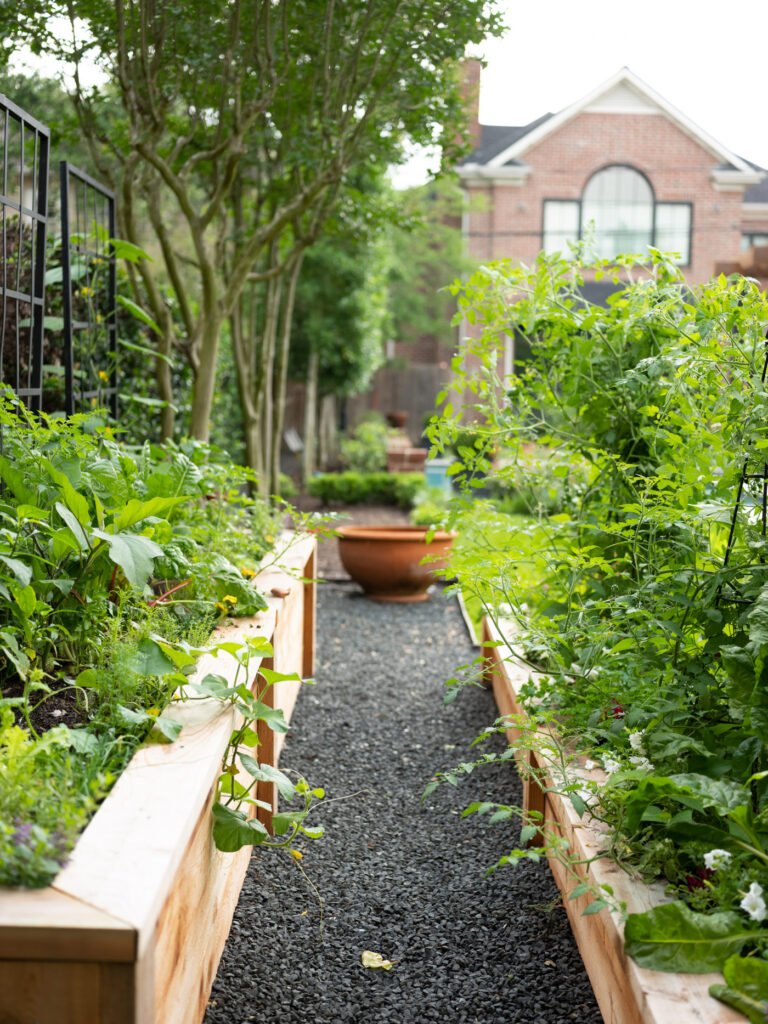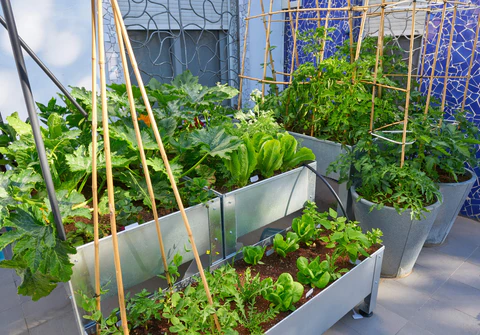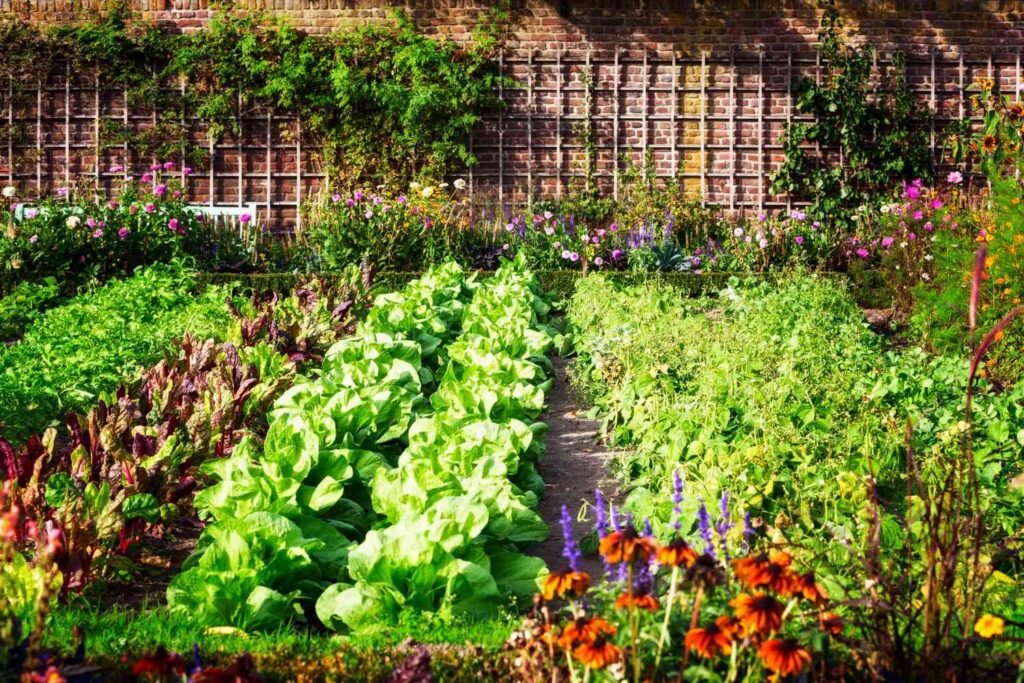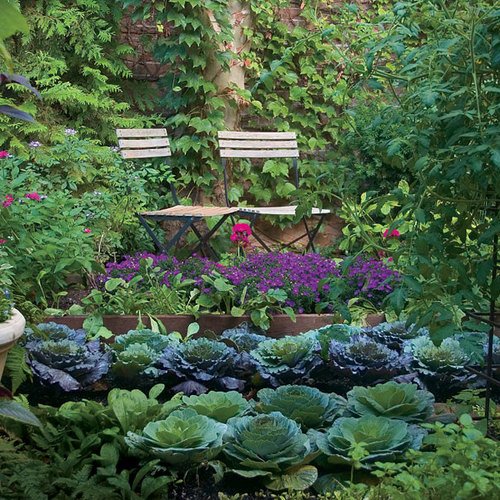Kitchen gardens are as old as civilization itself, yet they are finding renewed popularity in modern homes. From small urban courtyards to sprawling backyards, the idea of growing fresh vegetables, herbs, and fruits close to the kitchen offers both practicality and pleasure. However, while many people dream of lush homegrown harvests, the reality often falls short. Gardens become neglected, overgrown, or impractical to maintain.
The secret lies in thoughtful design. A kitchen garden should not only be beautiful but also functional, manageable, and suited to your lifestyle. This article explores how to design a kitchen garden you’ll actually use—covering planning, layout, crop selection, and maintenance strategies in detail.
Why Design Matters

Many gardeners start by planting whatever catches their eye, without considering long-term use. This often leads to wasted space, mismatched crops, and frustration. Good design ensures:
- Efficiency – Plants are located where they’re easiest to access and maintain.
- Productivity – The right crops are chosen for climate, soil, and kitchen habits.
- Sustainability – Proper planning reduces water waste, soil depletion, and chemical use.
- Aesthetic Appeal – A well-designed garden is a joy to visit daily.
Step 1: Assess Your Needs and Habits
Start with a simple but often overlooked question: What do you actually cook and eat? There is little point in growing kohlrabi if no one in your household eats it.
- Make a List: Write down the herbs, vegetables, and fruits you use most. Basil, tomatoes, lettuce, peppers, and onions are common kitchen staples.
- Think in Seasons: Do you prefer fresh summer salads, hearty winter stews, or year-round herbs? This will shape your planting calendar.
- Family Size: A garden for one or two people will look very different from one meant to feed a large family.
Step 2: Choose the Right Location
A kitchen garden thrives when it is close, convenient, and accessible. The closer it is to your kitchen, the more likely you are to use it regularly.
- Sunlight: Most vegetables and herbs need at least 6–8 hours of direct sunlight per day. Choose the sunniest spot available.
- Water Access: Proximity to a hose, rain barrel, or irrigation system makes watering easier.
- Soil Quality: Rich, well-drained soil is ideal. If your soil is poor, raised beds filled with quality compost are an excellent solution.
- Traffic Flow: Place the garden along a path you use daily so it becomes part of your routine.
Step 3: Decide on the Garden Layout

The layout determines how practical your garden will be. Here are common design approaches:
- Raised Beds: Ideal for small spaces, raised beds provide excellent drainage and are easier to manage.
- Rows: Traditional row planting works for larger spaces and crops like corn or beans.
- Potager Style: A mix of vegetables, herbs, and flowers in geometric beds creates a productive yet ornamental garden.
- Container Gardening: Perfect for patios or small courtyards; herbs, tomatoes, and peppers thrive in pots.
Design Tips:
- Keep paths wide enough for easy access (18–24 inches minimum).
- Group crops by water and sunlight needs.
- Position taller crops (corn, tomatoes) to avoid shading shorter plants.
Step 4: Select Crops Strategically
A functional kitchen garden is not about growing everything—it’s about growing what you’ll use.
- High-Value Crops: Grow foods that are expensive to buy fresh, like herbs, salad greens, or specialty peppers.
- Quick Growers: Lettuces, radishes, and spinach provide fast returns and encourage regular harvesting.
- Continuous Harvest Crops: Herbs, beans, zucchini, and kale produce over a long season.
- Storage Crops: Potatoes, onions, and carrots store well for later use.
Also, consider companion planting—pairing crops like basil with tomatoes or carrots with onions to boost growth and deter pests.
Step 5: Incorporate Herbs
Herbs are the backbone of a kitchen garden. They require little space and add freshness to meals.
- Everyday Essentials: Basil, parsley, thyme, oregano, rosemary, and mint.
- Placement: Keep herbs closest to the kitchen door for quick picking.
- Containers: Many herbs thrive in pots, allowing you to bring them indoors during winter.
Step 6: Make it Easy to Maintain

A kitchen garden should fit your lifestyle, not overwhelm it.
- Mulching: Retains soil moisture and reduces weeds.
- Drip Irrigation: Automates watering and conserves water.
- Succession Planting: Stagger crops for continuous harvest rather than a glut all at once.
- Low-Maintenance Perennials: Asparagus, rhubarb, chives, and perennial herbs provide food year after year with minimal effort.
Step 7: Add Aesthetic Elements
A garden that is pleasant to visit will get more use. Blend function with beauty by:
- Planting flowers like marigolds or nasturtiums to attract pollinators.
- Using trellises or arches for climbing beans, peas, or cucumbers.
- Designing symmetrical beds for visual appeal.
- Incorporating seating areas or stepping stones for accessibility.
Step 8: Plan for All Seasons
A true kitchen garden provides food beyond summer.
- Spring: Plant radishes, spinach, peas, and lettuce.
- Summer: Focus on tomatoes, peppers, cucumbers, zucchini, and herbs.
- Fall: Grow cool-weather crops like kale, carrots, and beets.
- Winter: Use cold frames, cloches, or a small greenhouse to extend the season.
Staggering planting times ensures steady harvests throughout the year.
Step 9: Organize Storage and Preservation

A kitchen garden often produces more than can be eaten immediately. Design with storage in mind:
- Dedicate space for crops that store naturally (squash, onions).
- Plan to freeze, can, or dehydrate excess herbs and vegetables.
- Keep a compost bin nearby to recycle garden waste into future soil fertility.
Common Mistakes to Avoid
- Overplanting – Too many crops lead to overwhelm and wasted produce.
- Ignoring Sunlight Needs – Shady locations result in stunted growth.
- Poor Path Planning – Narrow or awkward paths make maintenance difficult.
- Skipping Succession Planting – Planting everything at once causes feast-and-famine cycles.
- Not Matching Crops to Climate – Choose varieties suited to your local growing conditions.
Benefits Beyond the Kitchen

A kitchen garden is more than just a food source:
- Health: Fresh produce supports nutrition and wellness.
- Mental Well-Being: Gardening reduces stress and fosters mindfulness.
- Biodiversity: Kitchen gardens support pollinators, soil organisms, and ecological balance.
- Education: They provide a hands-on way to teach children about food, sustainability, and responsibility.
Conclusion
Designing a kitchen garden you’ll actually use requires more than enthusiasm—it requires thoughtful planning. By aligning your crops with your cooking habits, choosing the right location, and creating a manageable, attractive design, your garden can become an integral part of daily life.
Whether it’s a few herb pots on a balcony or a carefully planned potager in the backyard, the key is usability. A kitchen garden should feel like an extension of your kitchen—always ready to provide fresh ingredients at arm’s reach. With careful design, your garden won’t just be a seasonal hobby but a lasting part of your lifestyle.




